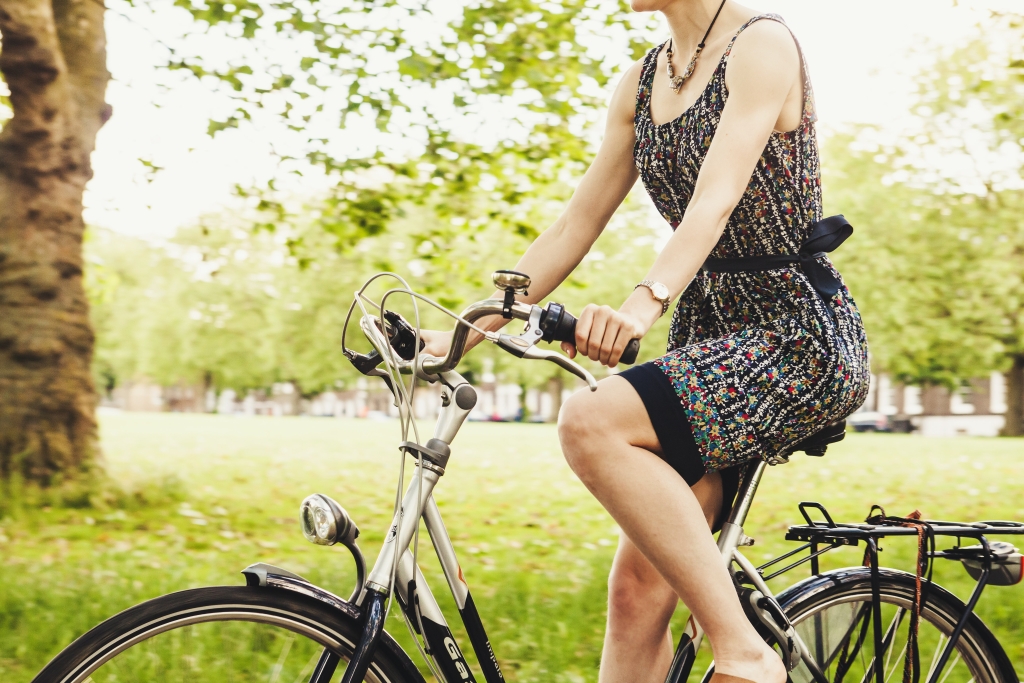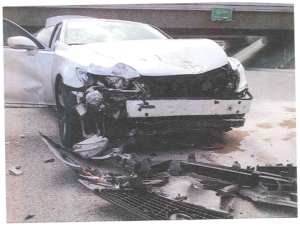- Get as much information about the defendant as possible. Get their driver’s license, insurance card, and car license number. Get a phone number for the person. Even email if possible. Take photos of everything with your phone. Sometimes defendants give false information but the more you get the easier it is to track someone down.
- Photograph the bicycle and vehicles involved. Take photos of all sides of all vehicles and the bicycle involved. Even photograph parts of the car that are not damaged because it might come up later. The defendant might switch their story and claim you hit a part of their car that was not photographed. Evidence of no damage is evidence.
- Photograph any evidence in the street including where the car came to rest, skid marks and broken bicycle pieces. This can be used by an accident reconstruction expert later to establish how the accident occurred. Sometimes skid marks can be critical to determine who is at fault and they go away over time. Don’t expect the police or any one else to photograph them. Even if the police photographs them, sometimes they lose the pictures or they will not turn them over. Just take the photos yourself and keep them in a safe place.
- Photograph all injuries. It is important to document all injuries like bruises and cuts. Again photographs are far more compelling than simply reading that person a suffered from a contusion or laceration in a medical record. Sometimes even a minor bruise is evidence of a more major internal injury.
- Get all witness information. Get all the information you can about any witnesses including phone number, email, work, home address etc. Witnesses disappear. You cannot go to court and tell a jury, “But there was this witness that said I was right.” A judge won’t allow it. Independent witnesses are very important and can be the main reason why a jury will find in your favor.
Bonus tip: Photograph safety equipment like your helmet, lights and reflectors. Juries like to fault bicyclists when they are not wearing safety equipment. They think of some experience where a bicyclist ran a stop sign at night with no helmet and wearing dark clothes. Photographing your helmet and other safety equipment shows the jury that you are a safe, conscientious cyclist. It is also helpful if the defendant tries to claim you were hard to see.
As you can see, the key to getting the most for your case is collecting evidence early on.


